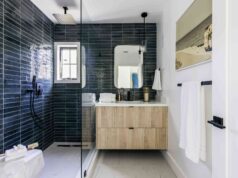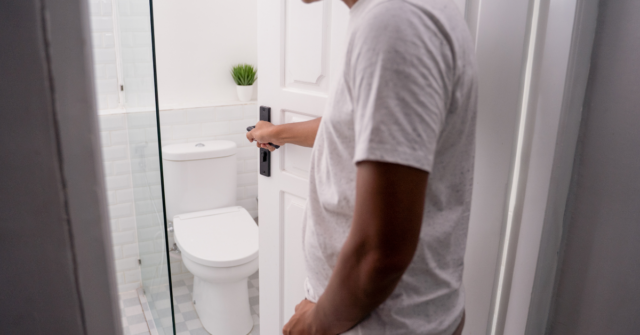
Commercial restrooms come in various designs but the most noticeable distinction – especially in public places – is between single-stall and multi-stall bathrooms. This article covers a brief history, the benefits, and drawbacks of each, and provides a straightforward comparison of the two.
The Evolution of the Bathroom Design
From the communal baths of ancient Rome to today’s private stalls in restaurants and offices, bathroom designs have evolved significantly over the centuries. While communal baths served as social centers in ancient times, modern designs prioritize privacy, efficiency, and when it comes to public washroom, total inclusivity.
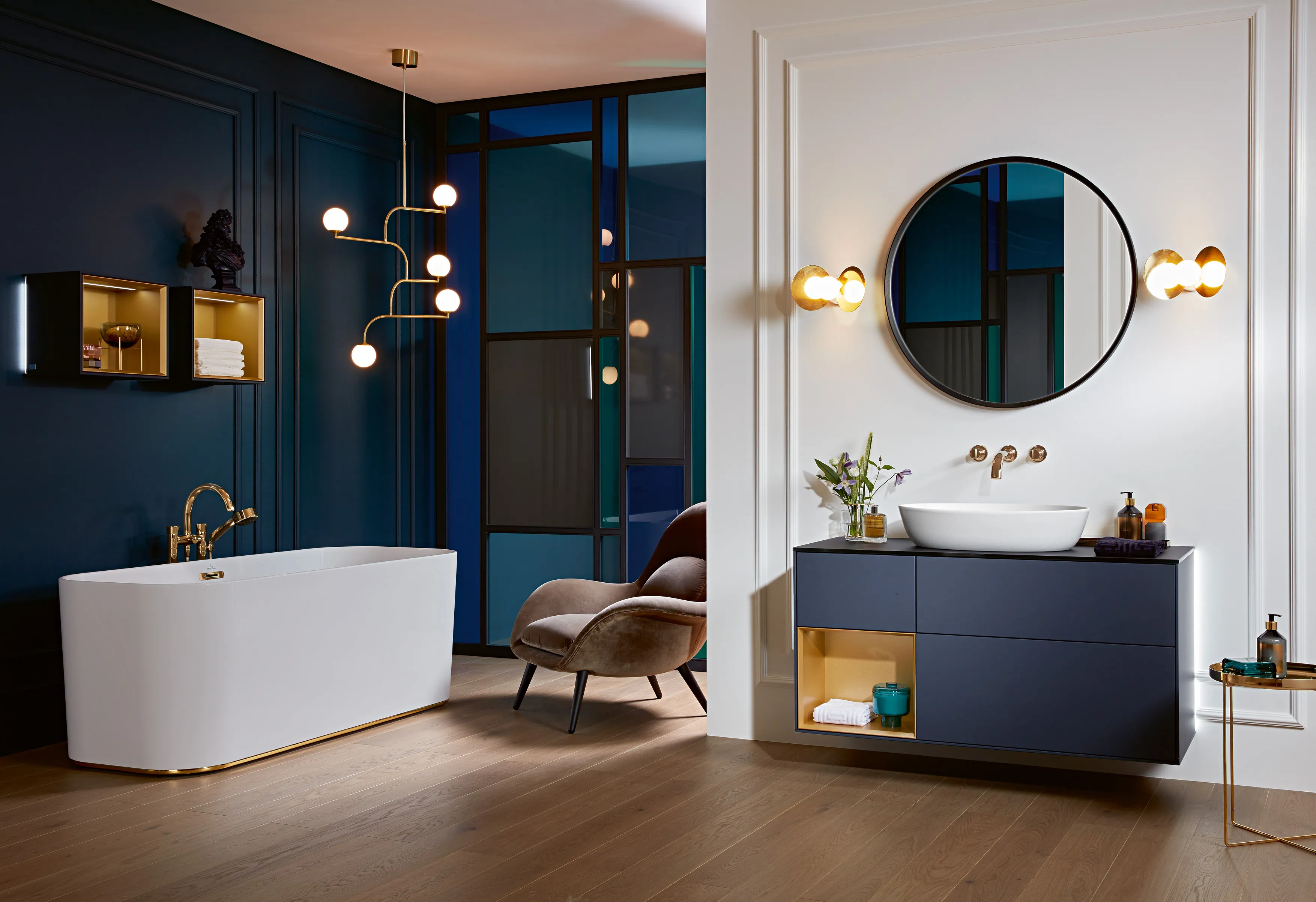
The Pros of Single Person Bathrooms
Single-stall restrooms have seen a rise in popularity for various reasons which include:
- Privacy: They offer the utmost privacy, ensuring users feel absolutely comfortable.
- Inclusivity: Single person bathrooms can be easily labeled as “gender-neutral” and “family”, making them obviously inclusive for all visitors.
- Safety: Single-stall restrooms reduce the risk of harassment or other unwanted encounters, making them a safer option especially for woman and children.
- Cleanliness: With fewer users at a time, single-stall restrooms might be perceived as cleaner or better maintained by some users.
- Accessibility: They can be designed or tailored to meet the needs of people with disabilities, ensuring ease of use for all.
- Flexibility: Establishments can more easily adjust single-stall restrooms for specific events or purposes, like changing tables for family-centric events.
- Reduction in Vandalism: The isolated nature of single-stall restrooms can deter potential vandals as there’s a lower chance of anonymity compared to multi-stall bathrooms.
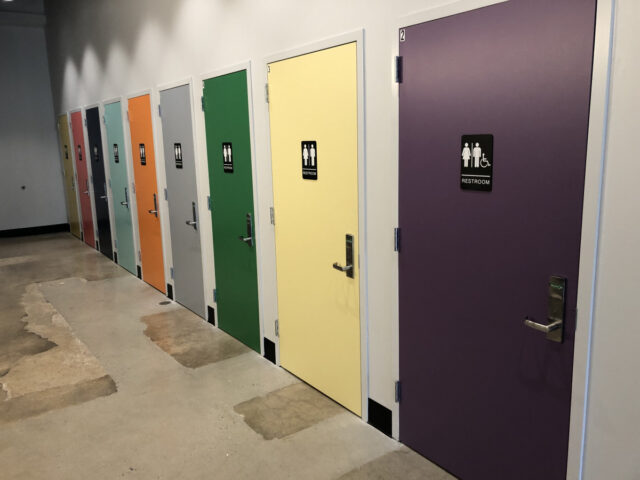
The Cons of Single Person Bathrooms
However, there are some cons and limitations to single person bathrooms:
- Limited Capacity: They can only accommodate one person at a time, which may be inefficient during peak times.
- Higher Maintenance Costs: Individual rooms might be more expensive to maintain compared to a multi-stall setup.
- Increased Wait Times: Only one person uses the facility at a time, which can increase lineups for the bathroom.
- Space Consumption: Single-stall restrooms might require more overall space compared to multi-stall restrooms when considering walls, doors, and additional plumbing fixtures for each individual room.
- Resource Intensive: They may consume more resources like water and electricity if individuals spend more time inside due to the added privacy.
- Availability Issues: If a single-stall restroom is under maintenance or cleaning, it’s completely unavailable, whereas a multi-stall restroom might still have some functional stalls.
- Less Social: In certain settings, like in schools or clubs, multi-stall restrooms can serve as social interaction points, which is lost in single-stall designs.
- Higher Initial Costs: Building multiple single-stall restrooms can be more expensive initially than setting up a multi-stall restroom due to the increased number of doors, walls, and plumbing systems required.
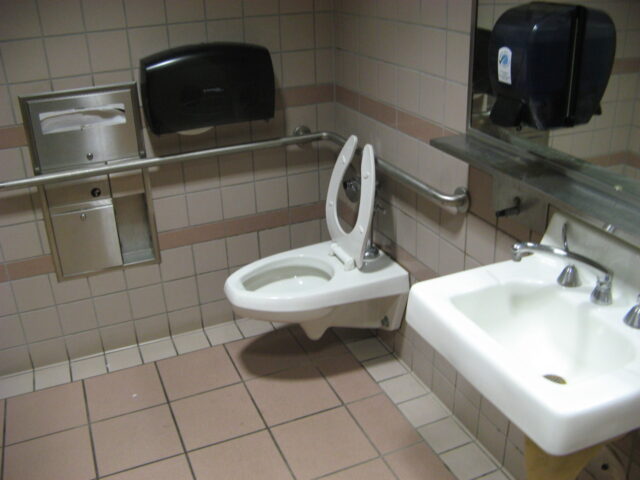
Advantages of Multiple Person Bathrooms
Multi-stall restrooms have their own set of advantages:
- Higher Capacity: They can accommodate more users at the same time.
- Cost-Efficient: Building a multi-stall bathroom could be more cost-effective than multiple single-stall rooms.
- Economical Use of Space: Multi-stall restrooms have a compact design, which makes better use of available space.
- Social Dynamics: In some contexts, like schools or certain work environments, multi-stall restrooms can facilitate informal social interactions, fostering a sense of community.
- Economical Water and Energy Use: Centralized facilities like sinks or hand dryers in multi-stall restrooms may be set up to use water and electricity more efficiently compared to distributed facilities in single-stall washrooms.
- Flexibility in Usage: If one stall is out of order, other stalls are still available for use which maintains low lineups.
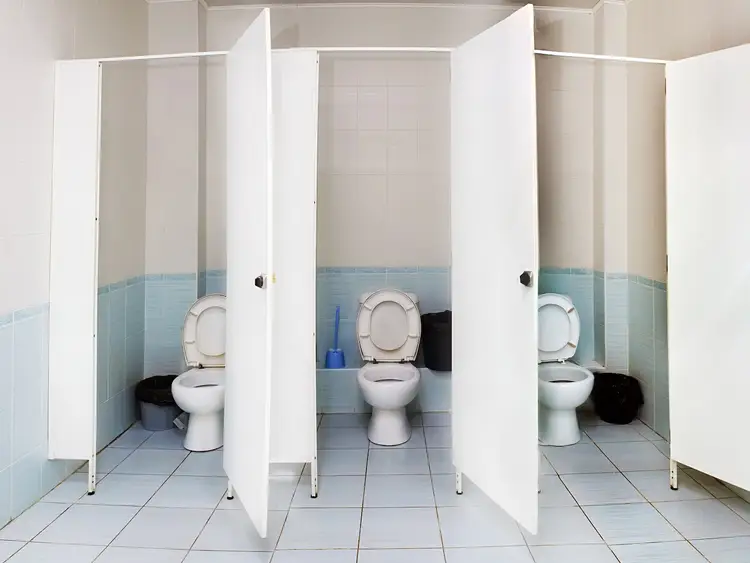
Drawbacks of Multiple Person Bathrooms
Despite their advantages, there are drawbacks:
- Privacy Concerns: Not everyone is comfortable using facilities alongside strangers.
- Long Queues: Long queues can still form, especially if one or more stalls are out of order.
- Safety and Harassment Concerns: There can be an increased risk of bullying, harassment, or other unwelcome encounters in multi-stall settings, particularly in schools, bars, or nightclubs.
- Less Hygienic Perception: Due to the higher usage, multi-person restrooms may be perceived as less clean or more prone to spreading germs and bacteria.
- Inclusivity Issues: Traditional multi-stall designs may not always cater to the needs of all genders, particularly non-binary or transgender individuals.
- Noise Levels: With more people using the washroom at the same time, noise levels can be higher, potentially leading to an uncomfortable experience for some.
- Potential for Vandalism: The communal nature of multi-stall restrooms might provide vandals a greater sense of anonymity, leading to potential property damage.

Some Points and Considerations
Privacy and inclusivity
The many recent debates around gender inclusivity have highlighted the need for gender-neutral restrooms. Single-stall restrooms can easily be adapted to serve this purpose with much fanfare, while multi-stall bathrooms would require a significant overhaul for similar inclusivity.
Cost analysis
From an economic perspective, the initial costs of building up a multi-person restroom might be lower than creating multiple individual bathrooms. Also, the maintenance costs of individual rooms – especially in high-end establishments – can be steeper.
Which way should you go?
Both single-stall and multi-stall bathrooms have their own set of benefits and limitations but when it comes to actually renovating or building new washrooms, you have to consider the points in this article and have an in-depth discussion with a builder.
The choice will largely depend on your business priorities and whether they emphasize privacy and inclusivity or capacity and cost-efficiency.
Regardless of the choice you make, there are certain pieces of equipment that should be installed in a commercial washroom whether it’s a single or multi-person washroom. These include grab bars, accessible mirrors and high-end hand dryers.
For more information you can read this article about installing hand dryers in commercial establishments.




